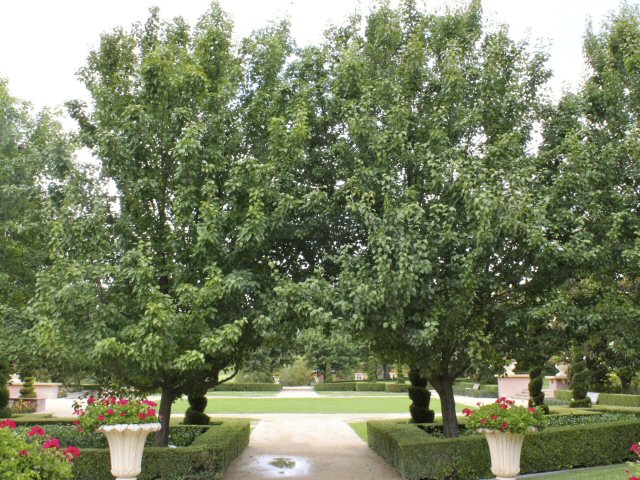Array
(
[0] => Array
(
[id] => 454
[is_published] => 1
[websiteID] => 5
[url] => /gardening/growing-banksias.php
[page_status] => Published
[number_of_ads] => 10
[can_use_editor] => 1
[last_modified_date] => 2013-09-16 00:00:00
[last_modified_by] => Alan
[checked_for_duplicate_content] =>
[title] => Growing Banksias
[heading] => Growing Banksias
[meta_description] => Learn how to grow Banksia in your garden.
[article_category_1] => Gardening
[article_category_2] =>
[article_category_3] =>
[article_category_4] =>
[article_category_5] =>
[business_category_1] => Landscaper
[business_category_2] => Nursery
[business_category_3] => Garden Designer
[business_category_4] => Landscape Architect
[business_category_5] =>
[number_of_google_mrecs] =>
[show_google_ad_bottom_of_page] =>
[show_get_quotes_top_of_page] =>
[show_get_quotes_rhs_of_page] =>
[show_directory_search_widget] =>
[show_trending_content_widget] =>
[show_facebook_widget] =>
[show_further_reading_section] => 1
[show_sponsors_section] => 0
[show_top_article_ad] => 1
)
[1] => Array
(
[id] => 547
[is_published] => 1
[websiteID] => 5
[url] => /landscaping/too-much-rain.php
[page_status] => Published
[number_of_ads] => 2
[can_use_editor] => 1
[last_modified_date] => 2013-10-26 00:00:00
[last_modified_by] => Angela
[checked_for_duplicate_content] =>
[title] => Combating to much rain - 8 top tips
[heading] => Combating too much rain - 8 top tips
[meta_description] => Tips for the gardener on how to cope with lots of rain.
[article_category_1] => Landscaping
[article_category_2] =>
[article_category_3] =>
[article_category_4] =>
[article_category_5] =>
[business_category_1] => Landscaper
[business_category_2] => Nursery
[business_category_3] => Garden Designer
[business_category_4] => Landscape Architect
[business_category_5] =>
[number_of_google_mrecs] => 0
[show_google_ad_bottom_of_page] => 0
[show_get_quotes_top_of_page] => 0
[show_get_quotes_rhs_of_page] => 0
[show_directory_search_widget] => 1
[show_trending_content_widget] => 1
[show_facebook_widget] => 1
[show_further_reading_section] => 1
[show_sponsors_section] => 0
[show_top_article_ad] => 1
)
[2] => Array
(
[id] => 410
[is_published] => 1
[websiteID] => 5
[url] => /articles/external-privacy-screens.php
[page_status] => Published
[number_of_ads] => 2
[can_use_editor] => 1
[last_modified_date] => 2013-09-10 00:00:00
[last_modified_by] => Alan
[checked_for_duplicate_content] =>
[title] => External privacy screens
[heading] => External privacy screens
[meta_description] => External privacy screens began to appear in Australian residential and commercial building during the 1950's and 1960's, as a direct result of high density living and higher incomes. For more information and some examples read this article.
[article_category_1] => Landscaping
[article_category_2] =>
[article_category_3] =>
[article_category_4] =>
[article_category_5] =>
[business_category_1] => Landscaper
[business_category_2] => Nursery
[business_category_3] => Garden Designer
[business_category_4] => Landscape Architect
[business_category_5] =>
[number_of_google_mrecs] => 1
[show_google_ad_bottom_of_page] => 1
[show_get_quotes_top_of_page] => 1
[show_get_quotes_rhs_of_page] => 1
[show_directory_search_widget] => 1
[show_trending_content_widget] => 1
[show_facebook_widget] => 1
[show_further_reading_section] => 1
[show_sponsors_section] => 1
[show_top_article_ad] => 1
)
[3] => Array
(
[id] => 210
[is_published] => 1
[websiteID] => 5
[url] => /gardening/top-ten-native-plants.php
[page_status] => Published
[number_of_ads] => 5
[can_use_editor] => 1
[last_modified_date] => 2013-09-16 00:00:00
[last_modified_by] => Alan
[checked_for_duplicate_content] =>
[title] => top ten native plants
[heading] => Top ten native plants
[meta_description] => Native plant specialist Angus Stewart's top ten native Australian plants
[article_category_1] => Gardening
[article_category_2] =>
[article_category_3] =>
[article_category_4] =>
[article_category_5] =>
[business_category_1] => Landscaper
[business_category_2] => Nursery
[business_category_3] => Garden Designer
[business_category_4] => Landscape Architect
[business_category_5] =>
[number_of_google_mrecs] =>
[show_google_ad_bottom_of_page] =>
[show_get_quotes_top_of_page] =>
[show_get_quotes_rhs_of_page] =>
[show_directory_search_widget] =>
[show_trending_content_widget] =>
[show_facebook_widget] =>
[show_further_reading_section] => 1
[show_sponsors_section] => 0
[show_top_article_ad] => 1
)
)
Helpful articles
Growing Banksias. Learn how to grow Banksia in your garden.
Combating too much rain - 8 top tips
. Tips for the gardener on how to cope with lots of rain.
External privacy screens. External privacy screens began to appear in Australian residential and commercial building during the 1950's and 1960's, as a direct result of high density living and higher incomes. For more information and some examples read this article.
Top ten native plants. Native plant specialist Angus Stewart's top ten native Australian plants.
Plant description
Pyrus calleryana is a large deciduous tree with glossy green leaves and a dense growth habit. The foliage turns reddish brown in autumn. Grows from ten to fourteen metres high, so is suited to large gardens, parks and farms.Tolerant of moderate frost, but dislikes drought conditions. It has small white flowers in spring, followed by small inedible fruit. Best if a sunny position.
Additional plant information
Flowers
Flower colour: white
Flowering season: spring
Plant size
Maximum height: 14 metres
Minimum height: 10 metres
Maximum width: 5 metres
Minimum width: 3 metres
Sunlight, frost & salt tolerance
This plant will tolerate full sunlight.
Medium frost tolerance.
Plant is not salt tolerant.
Fauna attracting?
Not specified.
Climate
This plant species will grow in the following climates: cool, temperate.
Soil types & conditions
Loam: moist, well-drained.
Clay: moist, well-drained.
Sand: moist, well-drained.
Miscellaneous information
Planting season: not specified.
Types of fertiliser: Good general purpose fertiliser applied in spring.
Find a nursery
Search for another plant

